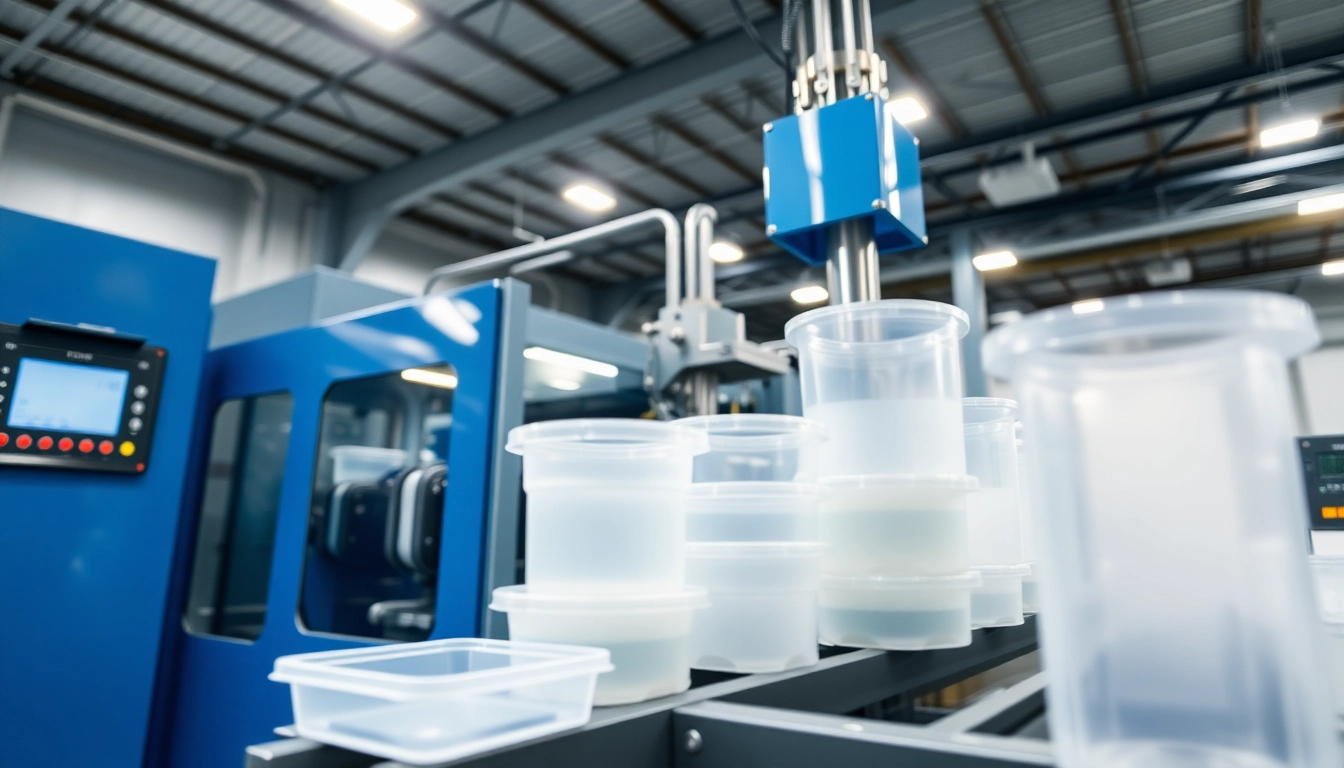Understanding Oxy Gas Welding Kits
What is an Oxy Gas Welding Kit?
An oxy gas welding kit is a setup that allows users to perform welding and cutting operations using a combination of oxygen and a fuel gas, typically acetylene. The fundamental principle lies in the controlled combustion of these gases, producing a high-temperature flame capable of melting and fusing various materials, primarily metals. This welding technique, also known as oxy-acetylene welding, is a widely used method for its simplicity and versatility.
Essentially, an oxy gas welding kit comprises a variety of tools designed for both beginners and experienced welders. It generally includes a pair of tanks for oxygen and acetylene, regulators to control the gas flow, a torch handle, nozzles, and hoses. The flame produced can be adjusted to achieve different heat levels, critical for various welding tasks. For detailed specifications, you can explore an oxy gas welding kit that is tailored for robust and efficient performance.
Key Components of Oxy Gas Welding Kits
Understanding the essential components of an oxy gas welding kit is crucial for both beginners and seasoned welders. Here are the primary elements:
- Oxygen Tank: A steel cylinder filled with pure oxygen at high pressure. It is crucial for achieving the necessary flame temperature.
- Acetylene Tank: Another cylinder containing acetylene gas, a highly flammable gas that burns at a very high temperature and is typically used in welding applications.
- Regulators: These are devices connected to the gas tanks that control the flow and pressure of the gases. Each gas tank will typically have its own regulator.
- Hoses: Flexible tubes that connect the regulators to the torch. They are color-coded (usually green for oxygen and red for acetylene) for safety.
- Torch Handle: The part of the kit where the user ignites the flame. The handle controls the flow of both gases before they mix at the nozzle.
- Nozzles: These are interchangeable tips that can be attached to the torch handle to adjust the flame characteristics according to the specific welding task.
- Flint Lighter or Igniter: A tool to ignite the mixture of gases in the torch safely.
Benefits of Using Oxy Gas Welding Kits
Oxy gas welding kits offer numerous advantages, making them a popular choice for various applications in welding and metalworking:
- Versatile Applications: Oxy-acetylene welding can be utilized for a variety of welding tasks, including metal fabrication, repair work, and even artistic metalwork.
- Portability: Kits are designed to be portable, allowing for on-site welding and repairs in various environments, from workshops to outdoor projects.
- Cost-Effective: Compared to other welding methods, oxy-acetylene is often more affordable, especially for small-scale projects.
- Accessibility: The technology is relatively easy to learn, making it suitable for hobbyists and beginners.
- High Heat Output: The flame produced is extremely hot, making it effective for welding thick metals and materials that require high temperatures.
Choosing the Right Oxy Gas Welding Kit
Factors to Consider Before Buying
When selecting an oxy gas welding kit, several crucial factors must be taken into account to ensure you get a product that meets your specific needs:
- Welding Requirements: Determine what types of welding or cutting projects you will be undertaking. This will influence the size and specifications of the kit you need.
- Tank Size: Tanks come in various sizes. Larger tanks can hold more gas, allowing for longer operational times, but they can also be heavier and more cumbersome to transport.
- Quality of Components: Check for the reliability and durability of the regulators, hoses, and torch. High-quality components will enhance safety and efficiency.
- Safety Features: Look for kits with built-in safety mechanisms, such as pressure relief valves and flashback arrestors.
- Brand Reputation: Supporting well-reviewed and trusted brands can often lead to enhanced customer service and product performance.
Comparing Different Brands and Models
The market is replete with different brands and models of oxy gas welding kits, each varying in terms of features, prices, and quality. Here’s a comparative look at a few popular brands:
- Harris Welding Supplies: Known for durable equipment, offering a variety of sizes and configurations suitable for both beginners and professionals.
- Victor: This brand is synonymous with quality in the welding industry. Its kits are often considered some of the best available, though they may come at a higher price point.
- Lincoln Electric: Offers a range of kits that are known for their reliability and performance, ideal for both industrial and personal use.
- Craftsman: This brand provides budget-friendly options that maintain a level of quality essential for novice welders.
Price Ranges and Budgeting
The price of oxy gas welding kits can vary widely based on the components provided and the brand. On average, you can expect to invest anywhere from $100 to $1,000 or more. Here’s a general breakdown:
- Entry-Level Kits: Typically priced between $100 to $300, these kits are suitable for hobbyists and light-duty tasks.
- Mid-Range Kits: Ranging from $300 to $600, these kits are designed for more frequent or professional use and include higher quality components.
- Professional Kits: Priced above $600, these kits are equipped with advanced features and durable materials, catering to industrial applications.
Safety Precautions for Using Oxy Gas Welding Kits
Essential Safety Gear
Safety should be your top priority when operating an oxy gas welding kit. Here are essential safety gear items you should always use:
- Welding Goggles or Face Shield: Protect your eyes from harmful ultraviolet and infrared rays produced during welding.
- Heat-Resistant Gloves: Use gloves made from leather or other heat-resistant materials to shield your hands from burns and injuries.
- Flame-Resistant Clothing: Ensure that you wear clothing made from materials that won’t ignite easily, such as cotton or specialty welding fabrics.
- Respiratory Protection: If working in confined spaces, consider a respirator to protect against inhaling fumes and gases.
- Ear Protection: Welding can generate significant noise, and earplugs or earmuffs can help preserve your hearing.
Common Hazards and How to Avoid Them
Operating an oxy gas welding kit comes with inherent risks. Here are common hazards and practical safety precautions to mitigate them:
- Fire Hazards: Ensure your work area is free from flammable materials, and have fire extinguishing equipment nearby.
- Gas Leaks: Regularly inspect hoses and connections for leaks. Use soapy water to check for bubbles, which indicate a leak.
- Burns: Be mindful of hot metal and equipment to prevent burns. Allow everything to cool down before handling.
- Explosion Risks: Avoid using any equipment or practices that could potentially create sparks or ignite gases in the presence of flammable materials.
Emergency Procedures and First Aid
Being prepared for emergencies is a critical aspect of safety in welding:
- First Aid Kit: Always keep a well-stocked first aid kit accessible in the workspace.
- Emergency Contacts: Have contact information for nearby medical facilities in case of emergencies.
- Basic First Aid Training: Consider acquiring training in basic first aid and CPR to handle potential injuries effectively.
- Evacuation Plan: Have a clear evacuation plan and ensure that all personnel are familiar with it.
Maintenance Tips for Your Oxy Gas Welding Kit
Cleaning and Upkeeping Equipment
To ensure that your oxy gas welding kit operates efficiently and safely, regular maintenance is essential:
- Cleaning Hoses: Inspect and clean hoses regularly to remove dirt or debris that might obstruct gas flow.
- Regulator Care: Thoroughly check regulators for functionality and leaks, ensuring they are free from dust and rust.
- Nozzle Maintenance: Clear clogged nozzles by soaking them in a cleaning solution; this maintains optimal performance.
Storage Tips to Ensure Longevity
Proper storage extends the life of your oxy gas welding kit:
- Secure Storage: Store tanks upright in a well-ventilated and secure area, away from direct sunlight and heat sources.
- Cover Components: Use protective covers for the torch and regulators to prevent dust accumulation.
- Temperature Considerations: Avoid storing equipment in areas with extreme temperature fluctuations to prevent damage.
When to Replace Components
Knowing when to replace components is vital for ensuring safety and efficiency:
- Visual Inspections: Regularly check for cracks, wear, or signs of deterioration in hoses and regulators.
- Performance Issues: If you notice inconsistent gas flow or performance issues, it may be time to replace specific components.
- Manufacturer’s Recommendations: Follow manufacturer guidelines on replacement timelines for tanks and fittings.
Exploring Advanced Applications of Oxy Gas Welding
Techniques for Professionals
For seasoned welders, mastering advanced techniques can enhance the quality of work. Here are some professional welding techniques:
- Multi-Pass Welding: This technique involves making multiple passes on a weld to increase joint strength, particularly on thicker metals.
- Backhand vs. Forehand Technique: The angle at which you hold the torch can affect the type of weld achieved. Experimenting with these techniques can lead to better control of the molten pool.
- Use of Filler Metals: Learning to add filler metals appropriately can improve the strength and durability of welds.
Creative Projects Using Oxy Gas Welding
Welders can express creativity through various projects, such as:
- Metal Sculptures: Use your oxy gas welding skills to create artistic sculptures from metal scraps.
- Furniture Design: Design and fabricate custom metal furniture pieces, allowing for fusion of art and functionality.
- Repurposing Old Equipment: Transforming old machinery into functional art or usable pieces can be an exciting endeavor.
Future Trends in Welding Technology
The welding industry is continually evolving, with future trends that may impact how oxy gas welding is performed:
- Automation: The integration of robotic systems for welding processes is gaining traction, ensuring precision and efficiency.
- Advanced Monitoring Systems: Future welding kits may feature smart technology to monitor gas levels and performance, providing alerts for maintenance needs.
- Environmentally Friendly Technologies: Innovations aimed at reducing emissions from traditional welding processes are likely to emerge.



